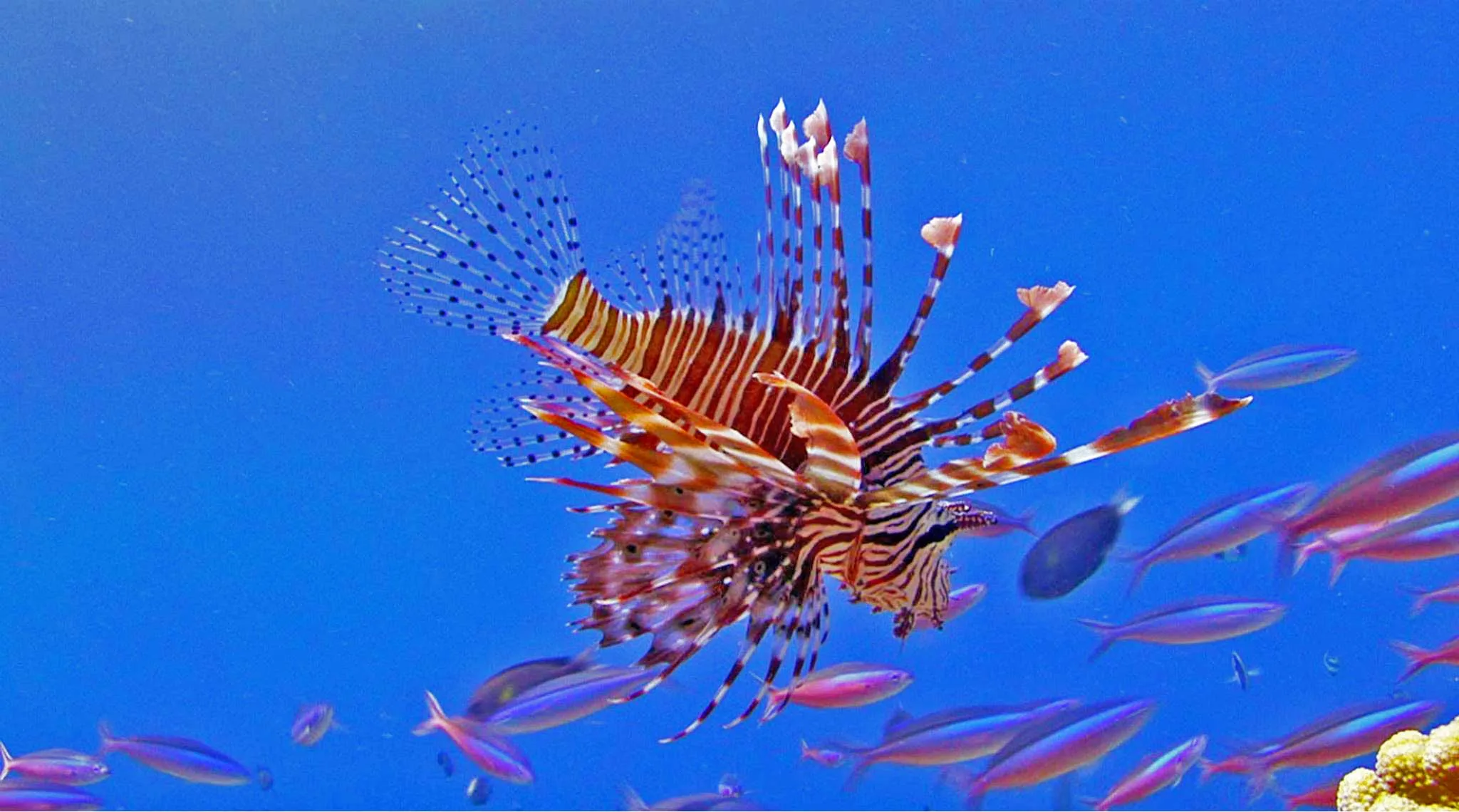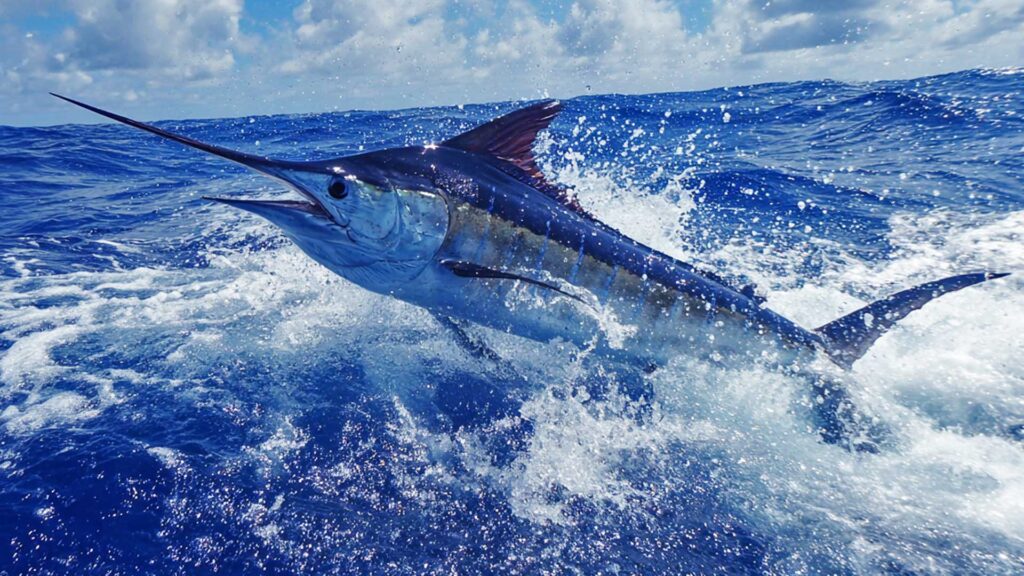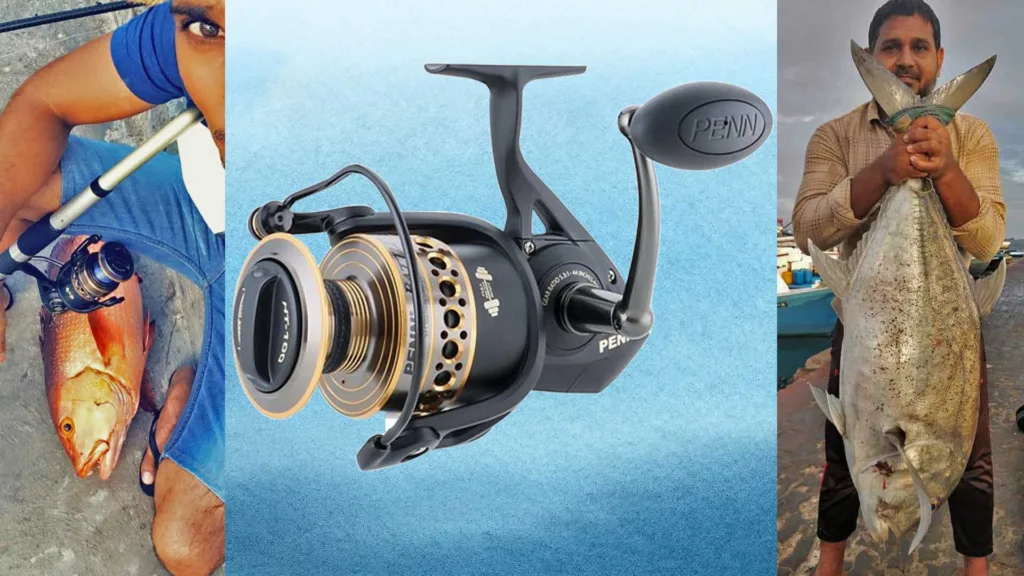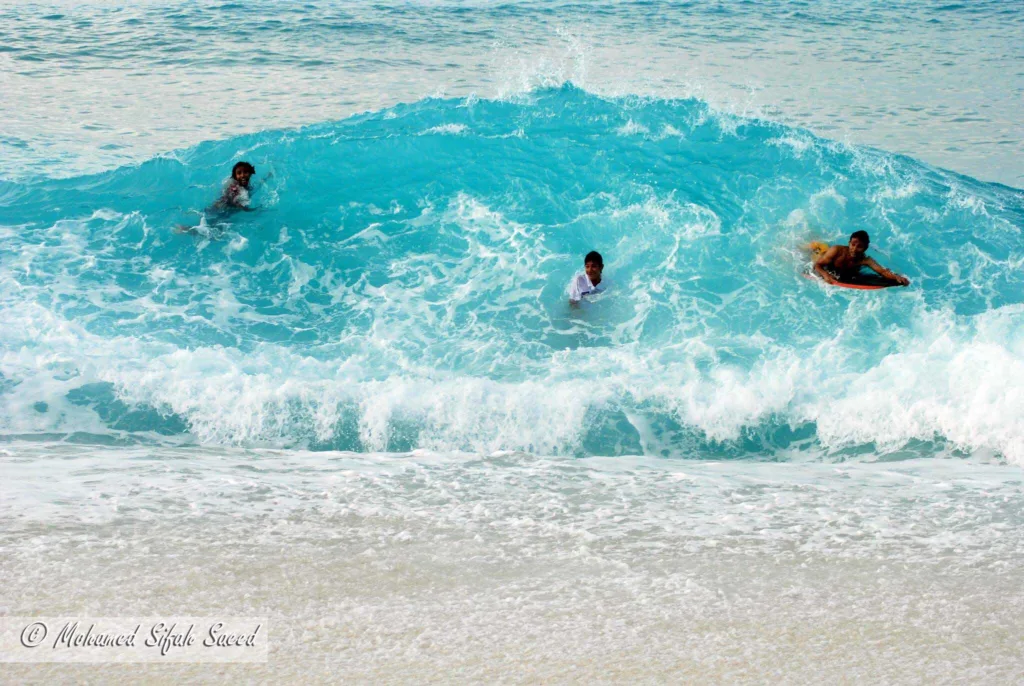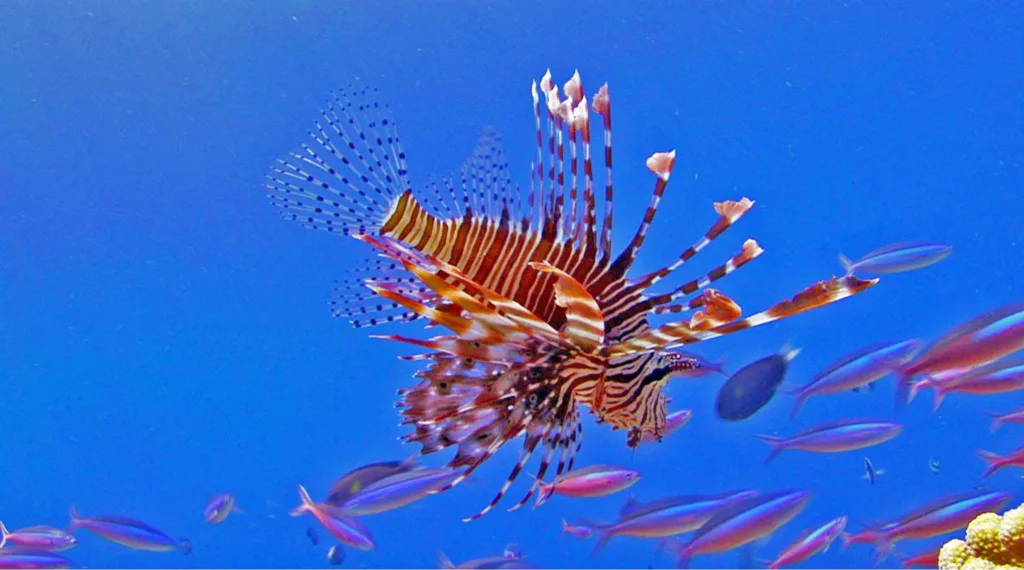
The first time I saw a lionfish was in 1994, when we had a fish tank at home. We kept some seawater fish in the tank. We go to the eastern side of Male and snorkel between the tetrapod rocks and the edge of the wall along the marine drive road (boduthakurufaanu magu) to catch small, colourful fish.
One day, my friend and I went fishing in this area. We snorkelled and swam towards the tetrapod. There were beautiful fish, and some of them hid inside the coral. We positioned the net near the stone and turned it aside.
We were taken aback when we saw a stunning lionfish. We’d heard that the fish was poisonous. It scared us too. However, it was so beautiful that we decided to catch it and put it in our home tank. We caught it in the net and brought it home. The fish was kept in the tank.
This fish is one of the most stunning species that can be found in the sea. This fish typically lives at depths below 60 meters. They used to inhabit peaceful environments. People fear this fish because it has 13 spines on its back, or dorsal fin (Anderson, 1997). Lionfish are a large and complex family that is divided into at least ten subfamilies, with an estimated 70 genera and 350 species worldwide. Several groups are not well recognized.
The Maldives has recorded approximately 25 species, but more are expected. Many species in this family are poisonous or potentially dangerous, such as stonefish and lionfish. However, all scorpionfish can sting you badly with the spines on their dorsal fin.
When alarmed, the fins are raised, and if cornered, it may charge. Most of the time, fish sting when they are handled or when they are accidentally touched. The venom is neutralized by heat. Apart from lionfish, most species have excellent camouflage and can hide in reefs. Some are rarely seen and live deep or secretively within reefs; they are only known from specimens trawled and collected using chemicals. Fish and moving invertebrates make up their diet.
The most well-known lionfish is easily recognisable due to its long, feathery fins. The spines on the dorsal fins are poisonous. The continental form, which is sometimes called p.miles, is different from the oceanic form and is not found in the Maldives. This species is found all over the Indo-Pacific.
Common Lionfish
English Name: Common lionfish,Zebra lionfish
Scientific name: Pterois volitans
Family: SCORPAENIDAE
Local Name: Kanfaiykuda Fanhaamas.
Order: Scorpaeniformes
Size: Max. 20 cm
The common lionfish inhabits a variety of habitats, ranging from remote coral bommies in lagoons to caves situated along deep drop-offs. The lionfish hunts small fish and uses its large fins to corner them effectively. Long, feathery fins easily identify the most well-known lionfish. The dorsal fin spines are venomous. There is some variation between continental and oceanic populations; the continental form, often referred to as p. miles, is not in the Maldives. This species is widespread in the Indo-Pacific.
The other species found are the Indian lionfish and the cleaner lionfish.
Indian lionfish
English Name: Indian lionfish, soldier turkeyfish
Scientific name: Pterois miles
Family: SCORPAENIDAE
Local Name: Fanhaamas
Order: Scorpaeniformes
Size: Max. 35 cm
This species is reddish or tan grey, with numerous thin dark bars on the body and head. The tentacle above the eye is occasionally faintly banded. Fins exhibit dark spots.
Clearfin lionfish
English Name: Clearfin lionfish, Clearfin turkeyfish
Scientific name: Pterois radiata
Family: SCORPAENIDAE
Local Name: Hulhu Fanhaamas.
Order: Scorpaeniformes
Size: Max. 20 cm
The clearfin lionfish has pectoral fins with 16 rays. The rays of the pectoral fin extend far beyond the base of the caudal fin, with over half of their length remaining free of membrane. The tentacle covering the eye lacks frills or dark crossbands. It is reddish to brownish, with about 5-6 broad dark bars on the body, separated by pale lines. The fins lack any dark patches. This fish inhabits a depth of about 30 m.
As with other lionfishes, the dorsal fin spines are extremely venomous. This fish is commonly found in aquariums.
Reference:
Anderson, R. (1997), Fishes of the Maldives. Marine Research Centre
Kuiter, R. (2014), Fishes of the Maldives. Atoll Editions
